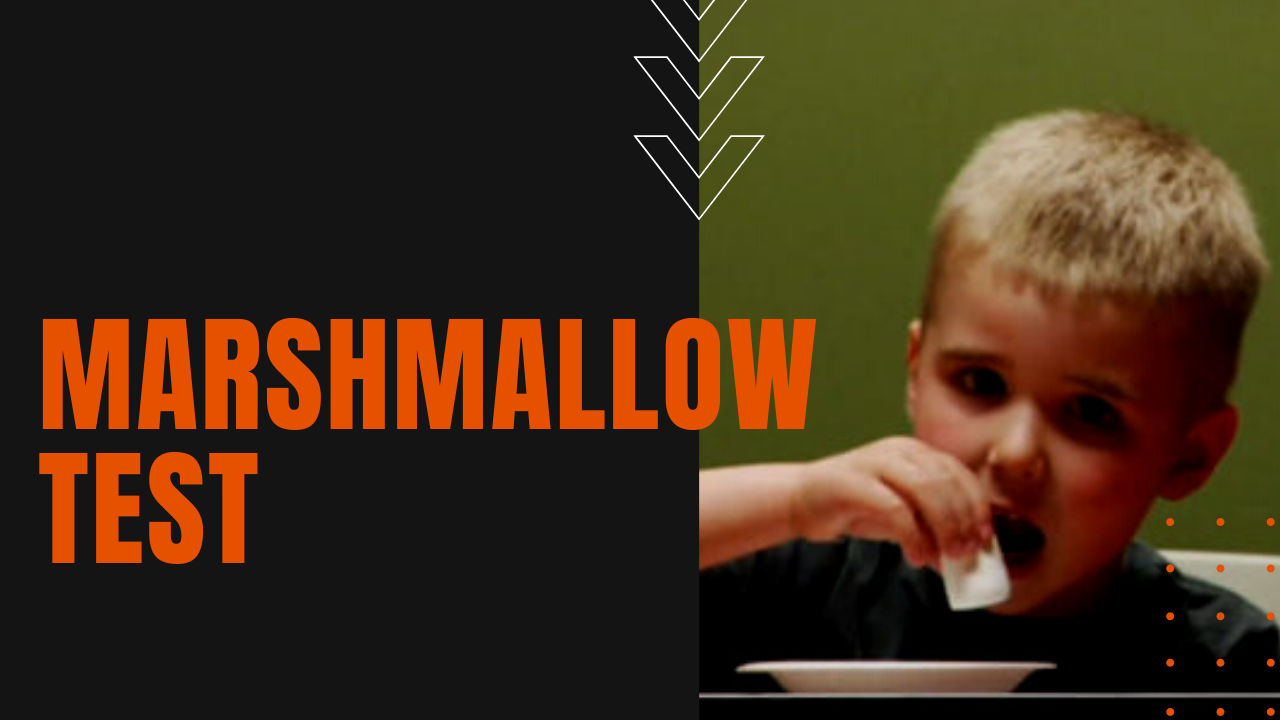What is the Marshmallow Test?

Thanks to platforms such as YouTube, the “marshmallow test” might be the most famous and broadly repeated experiment in the history of psychology. Based on a series of Stanford University studies undertaken in the 1960s and early 70s, the original premise was for a researcher to place a marshmallow in front of a seated nursery school child, telling the preschooler that if he or she could wait until the researcher returned to the room, instead of one marshmallow, the child would get two.
The children were not told how long the wait would be (generally fifteen to twenty minutes, dependent on the child’s age), which forced the participant to hold out if they wanted the maximum reward resulting from successful delayed gratification.
Stanford psychologists Walter Mischel, Ebbe Ebbesen and their research team followed up with the original 32 children years later, and found that the longer a child had been able to hold out, the more likely they were to have better life outcomes, as measured by SAT scores, educational attainment, body mass index and other life trajectory measurements.
While the marshmallow test became an instant scientific celebrity in human psychology, in more recent years, it has become a YouTube sensation as parents seek to replicate the study on their own children, eager to learn their child’s destiny by posting DIY marshmallow tests online.
